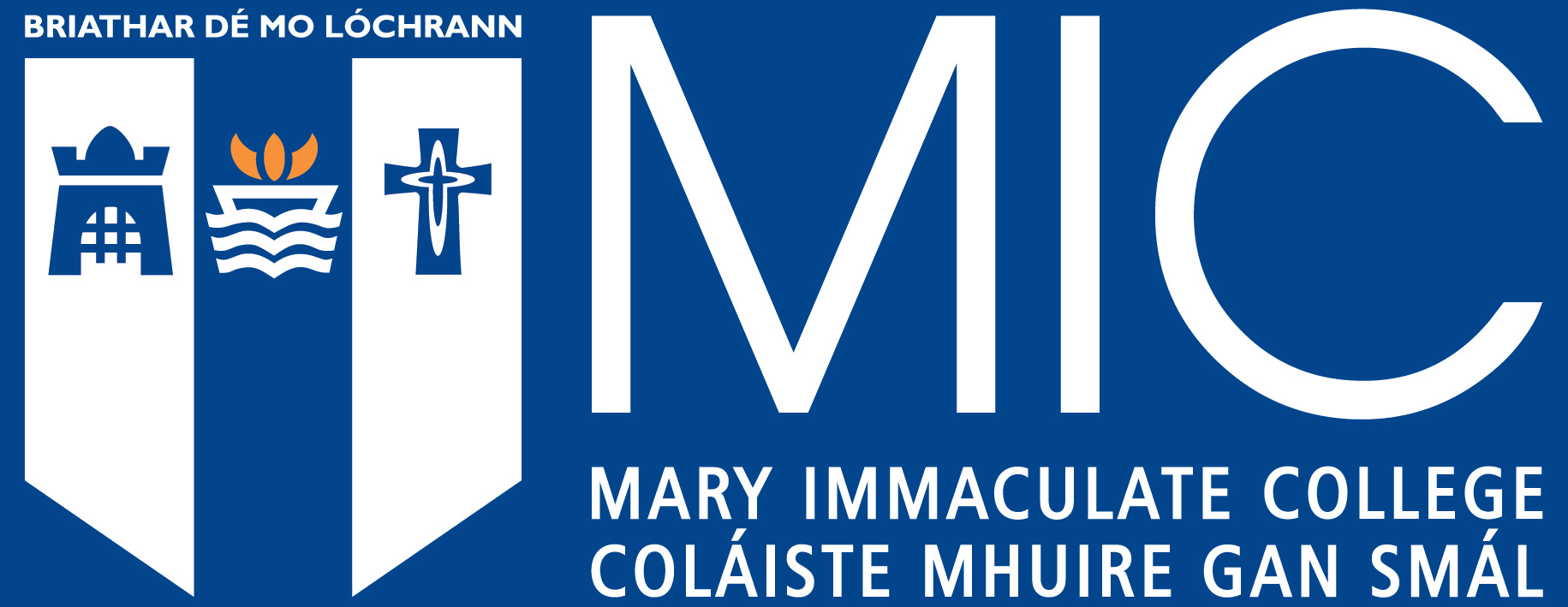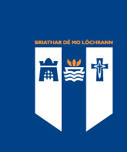The holy wells of County Kilkenny in terms of documentary coverage, location, ritual practice and onomastic concept
Abstract
Not alone is water crucial for human existence but it is fundamental to human religious practices worldwide. This thesis examines holy-well definition which establishes that holy wells are generally natural sources of water which are situated in an outdoor setting near or beside the ruins of a local parish church. The local patron saint of the parish is normally the dedicatee of the well which is visited on the saint’s feastday. The saint (50 different saints are encountered at 113 wells in Kilkenny) is deemed to be the guardian of the well and is entreated for a cure or for some other intention by local pilgrims who perform rituals, many of which are of a penitential nature. Pilgrims recite prayers, drink the water, bathe the affected body part in the water and, in most instances, the penitential exercises are as important a consideration for pilgrims as the hoped-for cure. Catholic elements such as Mass, prayers, hymns, visiting nearby church ruins are fused with beliefs and legends from a distant past such as rounding, stone-worship, tree-worship and leaving a propitiary offering, mainly a rag, on a nearby tree. It is not clear if these latter, seemingly non-Christian aspects are due to pre-Christian/early Christian inheritance (evidence for which is very limited) or to modern folk-beliefs, but the majority of the rituals appear to be Christian in origin.
The thesis examines four ‘surveys’ pertaining to the 183 wells of County Kilkenny which stretch in time from 1837 to 1969, namely, the early Ordnance Survey, the works of William Carrigan, the Folklore Collections and the work of Owen O’Kelly. The present survey synthesises all of these works and paints a modern picture of holy-well worship in the county by scrutinizing these and up to 900 other academic sources as well as conducting very important modern-day practical fieldwork on a representational sample of wells, while many gaps have been filled by local informants with whom I corresponded concerning wells which I did not get the opportunity to visit.
The thesis shows that it is in the nineteenth century when a considerable 123 Kilkenny wells are only first documented, with many more wells being first dated in the twentieth century, there only being a mere handful of Kilkenny wells being first documented between the thirteenth and eighteenth centuries.
The holy wells are examined as onomastic entities, the various locational aspects of the wells are explored and hagiographical details of 50 saints are provided which link a saint to the vicinity of the well. The various rituals are examined in detail as are the folk beliefs and legends, both hagiographical origin legends and the more common belief legends. We also discover that the possible influence of paganism is very limited indeed, with only a few possible instances being cited countrywide, none of which relate to Kilkenny.
Not alone were holy wells visited for religious reasons but they remained a prominent element of popular medication into the nineteenth century and the examination of the 37 different ailments for which cures were sought at Kilkenny wells bear testament to this, sore eyes being the most common ailment.
It would appear for the entire time frame during which the wells are documented that the people who did so were largely antiquarian in inspiration and that the practice of visiting the wells was on the wane, so much so that although best documented in the nineteenth and twentieth centuries, they represent a form of ritual activity which was in decay throughout that period.


